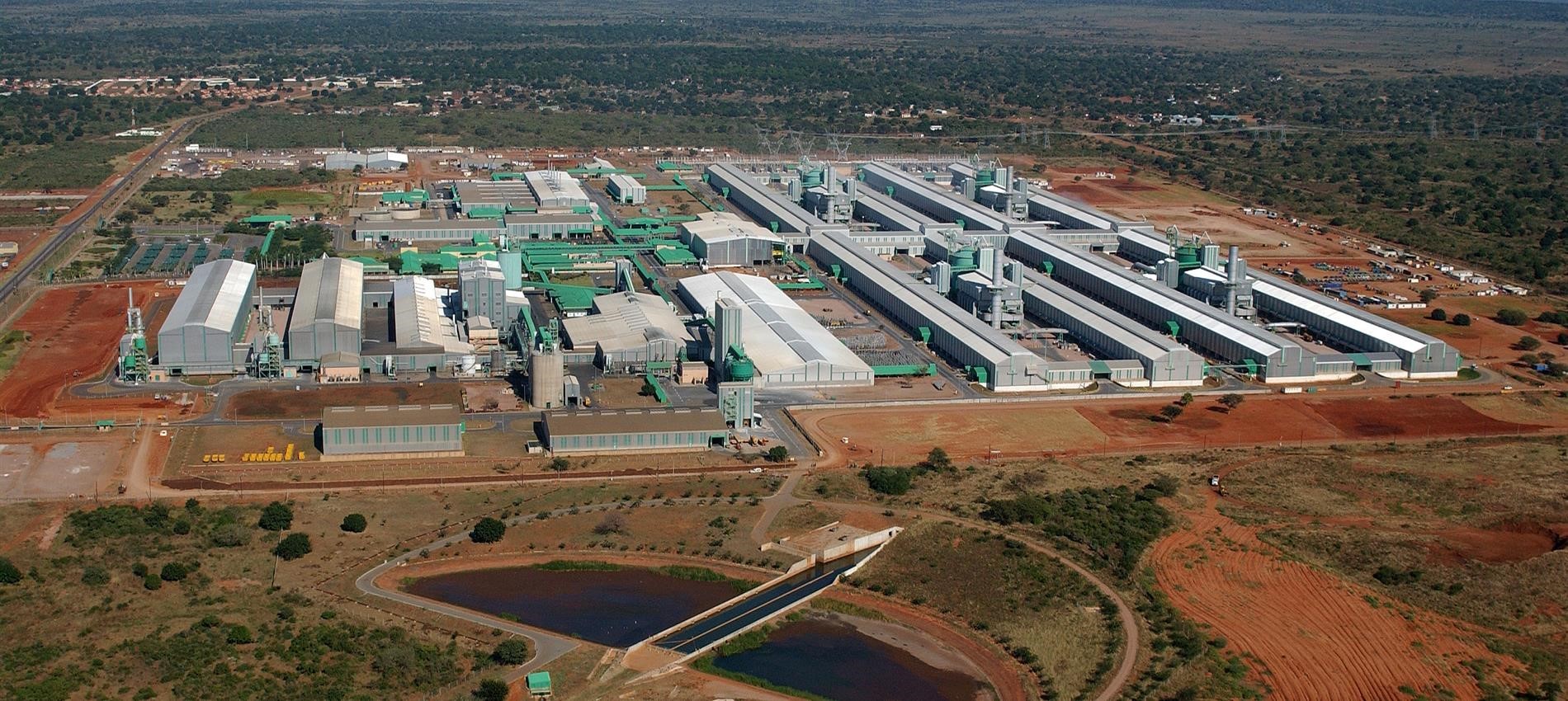

Mozambique, poised on the brink of a historic energy shift, plans to reclaim control of its hydropower supply from South Africa, stirring ripples in the continent's industrial powerhouse. The proposed strategy, revealed in an unreleased document obtained by Bloomberg, unveils Mozambique's intention to divert the 1,150 megawatts currently exported to South Africa from the Cahora Bassa plant for its domestic needs.

This move, while addressing Mozambique's energy priorities, casts a shadow over South Africa's battle with power shortages and raises concerns for Mozambique's second-largest aluminium smelter, Mozal.
The Energy Transition Strategy - Impact on South Africa
Mozambique's imminent energy transition hinges on the reclamation of power from the Cahora Bassa plant post the December 31, 2030 contract expiration. The government underscores this as the "main short-term hydro priority," revealing a strategic move to bolster its domestic energy security.
The decision reverberates in South Africa, grappling with power cuts that have repercussions on economic growth. The redirection of hydropower challenges Eskom Holdings SOC Ltd., affecting its ability to supply electricity to South32 Ltd., the operator of the Mozal aluminium smelter.
African Aluminium Sector Overview
The African aluminium sector stands at a crucial juncture, with Mozambique's strategic energy move influencing regional dynamics. Mozal, situated near Maputo, plays a pivotal role as Africa's second-largest aluminium smelter, underscoring the significance of stable energy sources for industrial operations.
South32's Role in African Mining
South32 Ltd., as the operator of Mozal, holds a key position in African mining, contributing significantly to the aluminium supply chain. The energy transition in Mozambique raises questions about the stability of the electricity supply crucial for South32's operations. If you wish to have a comprehensive view of the international aluminium value chain, go ahead and buy AL Circle’s special report, Global Aluminium Industry Outlook to 2030.
Responses








